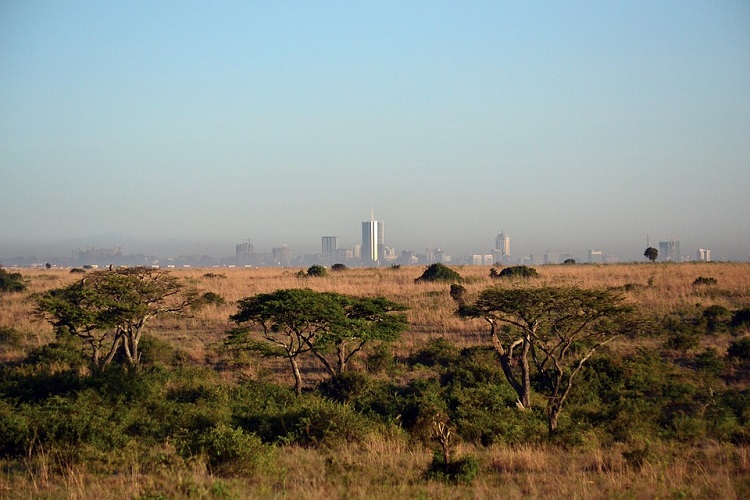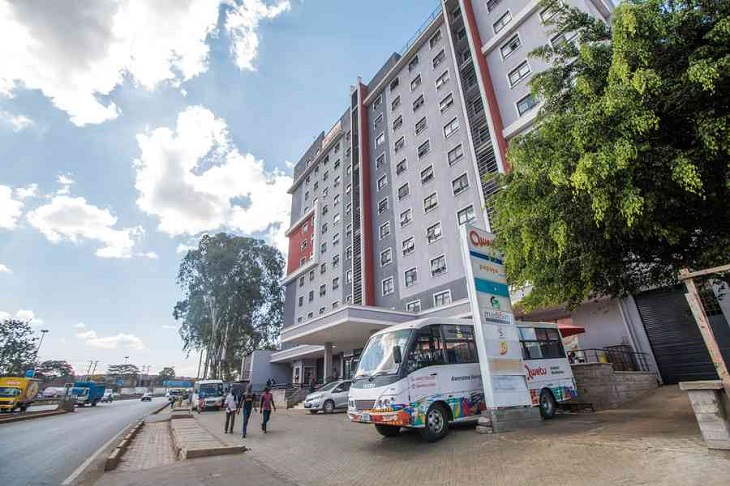Land prices for Nairobi’s 18 suburbs stagnated as general demand slowed down in these areas, declining by 0.1 percent in the quarter but growing 1.2 percent in the year.
The areas of Spring Valley, Donholm, Loresho, and Langata sustained the market through increases of 2.1 percent, 2.2 percent, 2.5 percent, and 3.9 percent respectively.
Land price increases were witnessed in city suburbs that had low rigidity of traditionally allowable development densities.
“Land pricing is a function of its development potential. Therefore, land in areas with strict development density guidelines tend to have a price ceiling while land in areas that are subject to less rigidity around the densities tend to increase in pricing in tandem with the approved density,” said Ms. Sakina Hassanali, Head of Development, Consulting and Research at HassConsult.
Land prices within Satellite towns over the quarter were also subdued with minimal increases of just 1.2 percent and 5.1 percent in the year.
Ngong Town, however, bucked the trend with bullish land price increases over the year to June 2023 of 20.7 percent, four times higher than the average satellite town increases across the tracked towns.
The Ngong-Kiserian-Isinya road construction, formerly a rough road, now seamlessly connects the three towns. Ngong residents have less traffic to contend with when traveling to and from work thanks to the expansion of Ngong Road, and the Expansion of the Ngong- Kibiko-Suswa Bypass opening up the Kibiko area.
The emergence of Karen into a commercial node further supports the rise of Ngong which has yet to show signs of slowing down.











